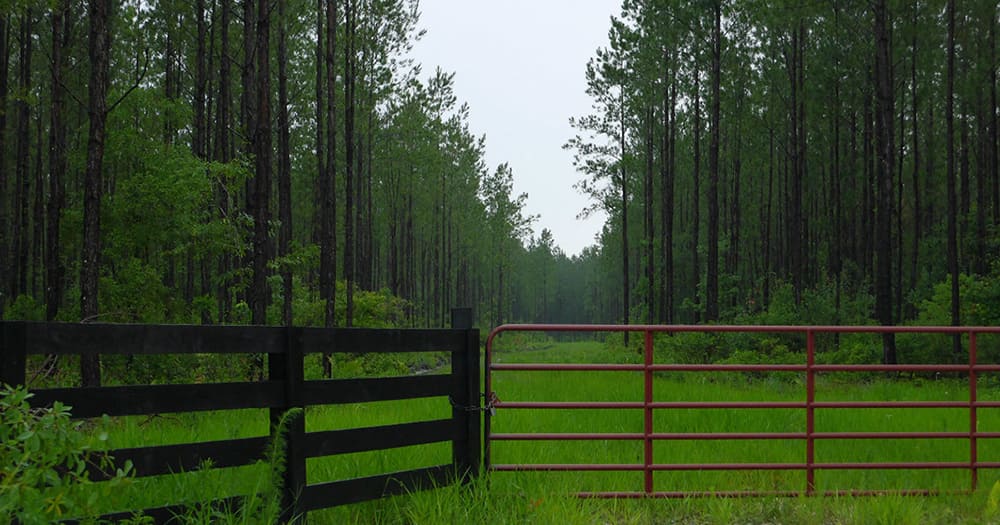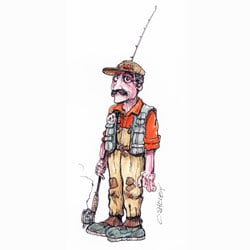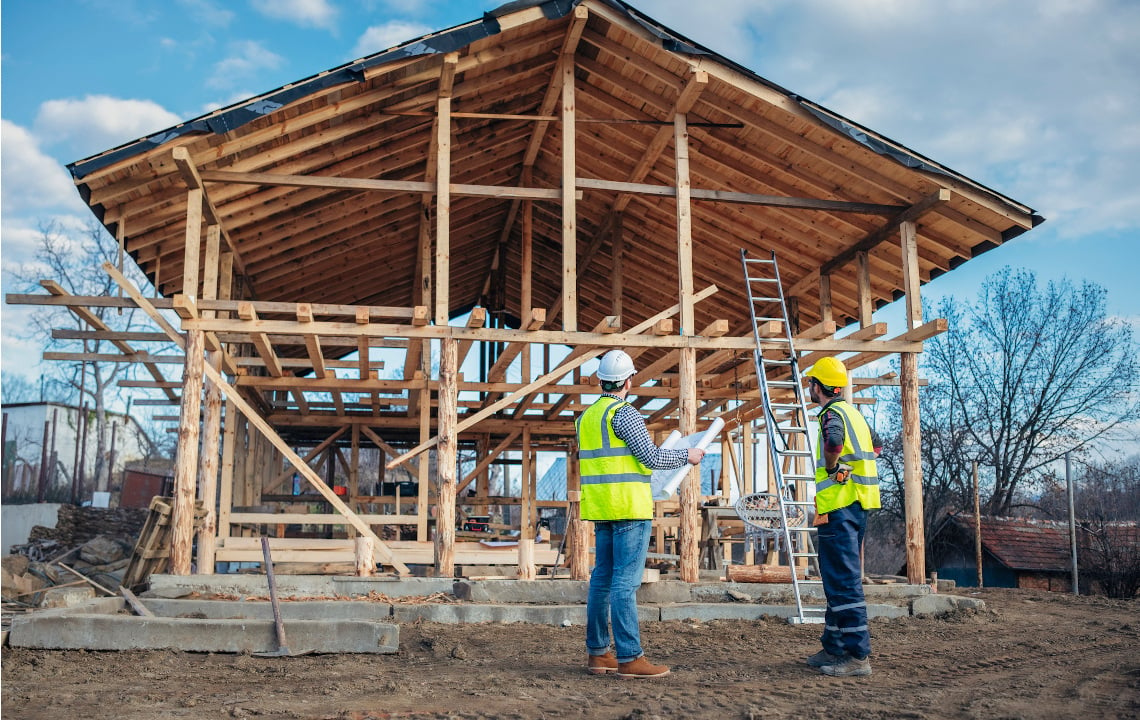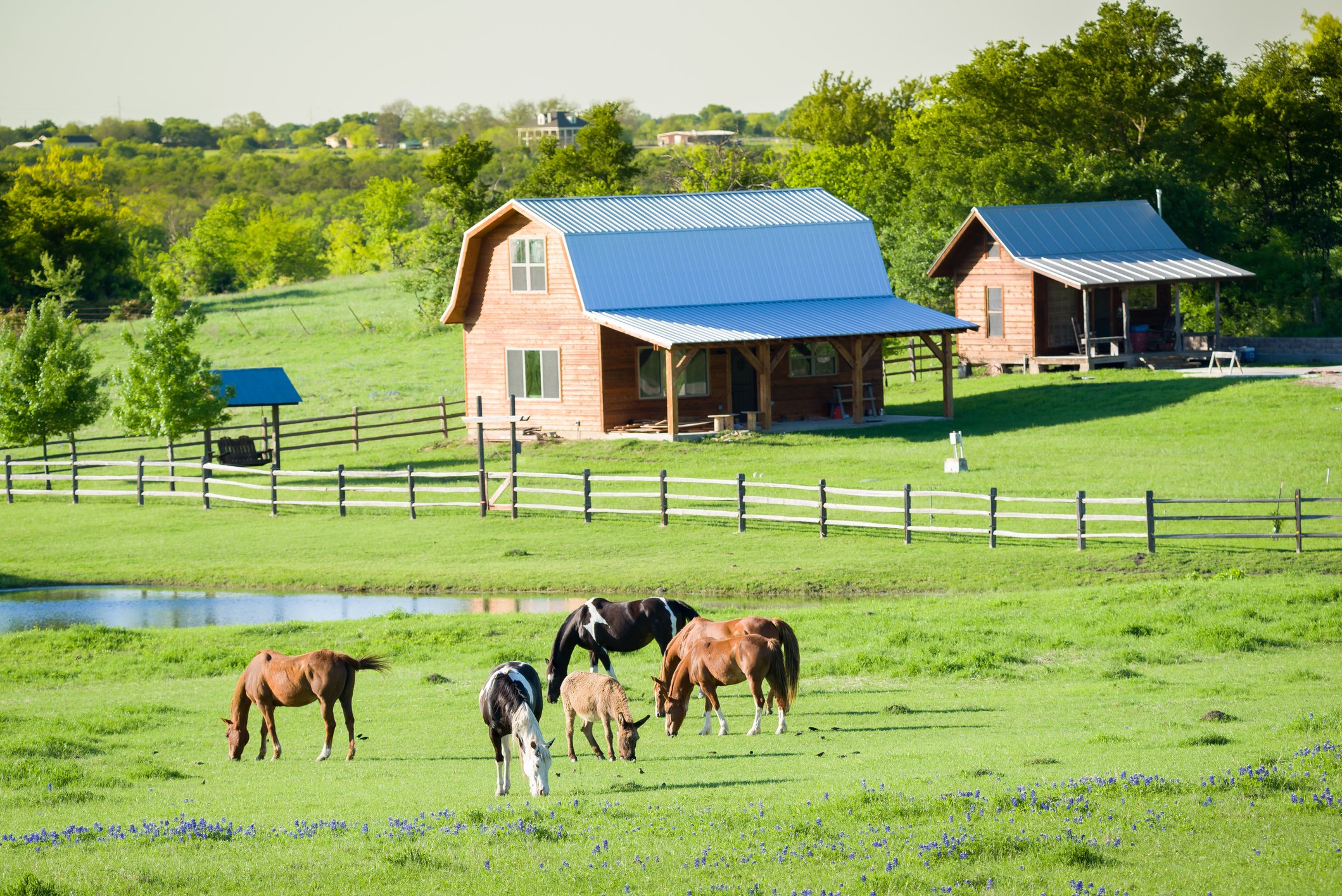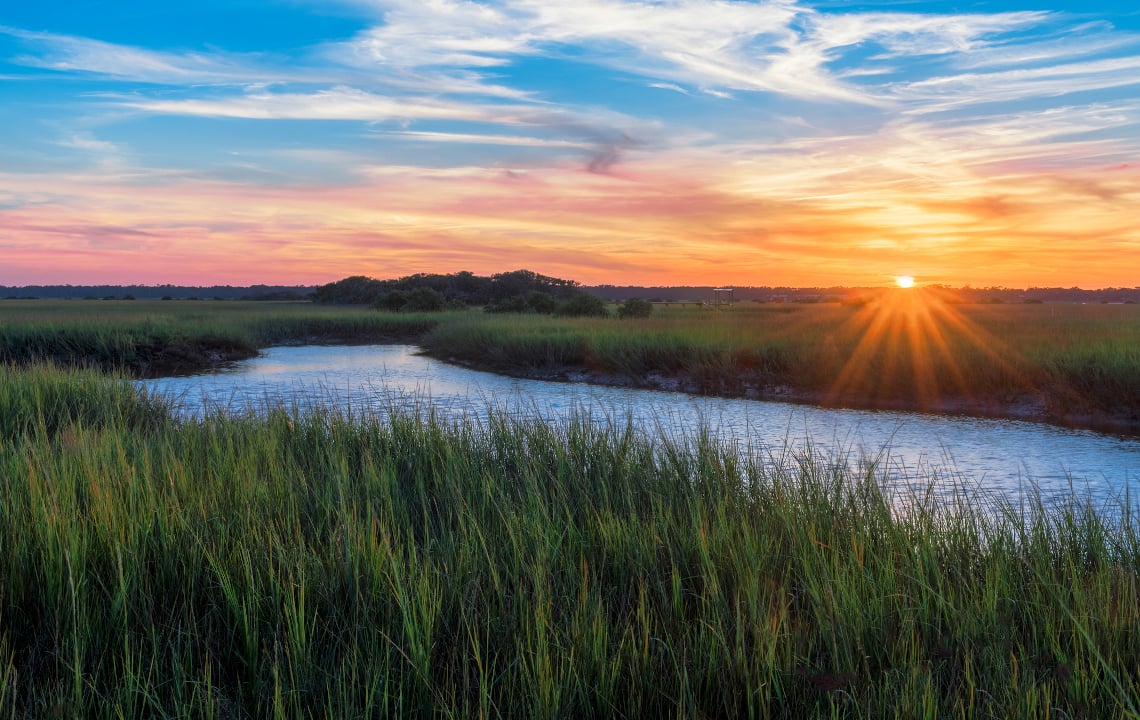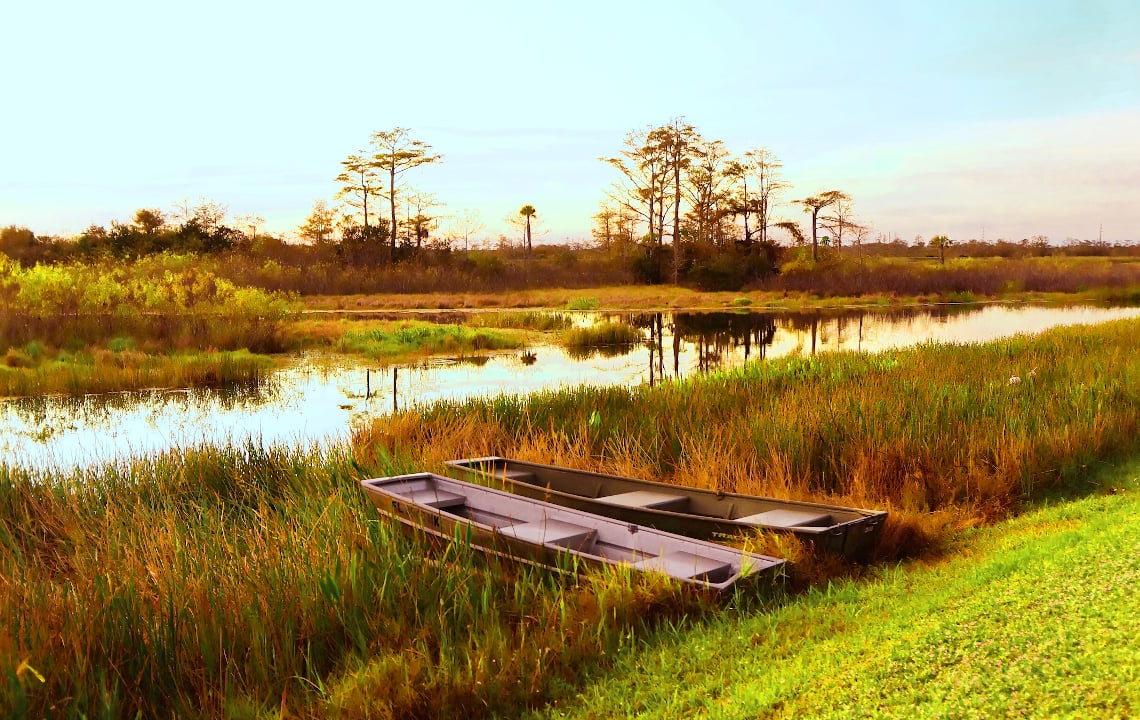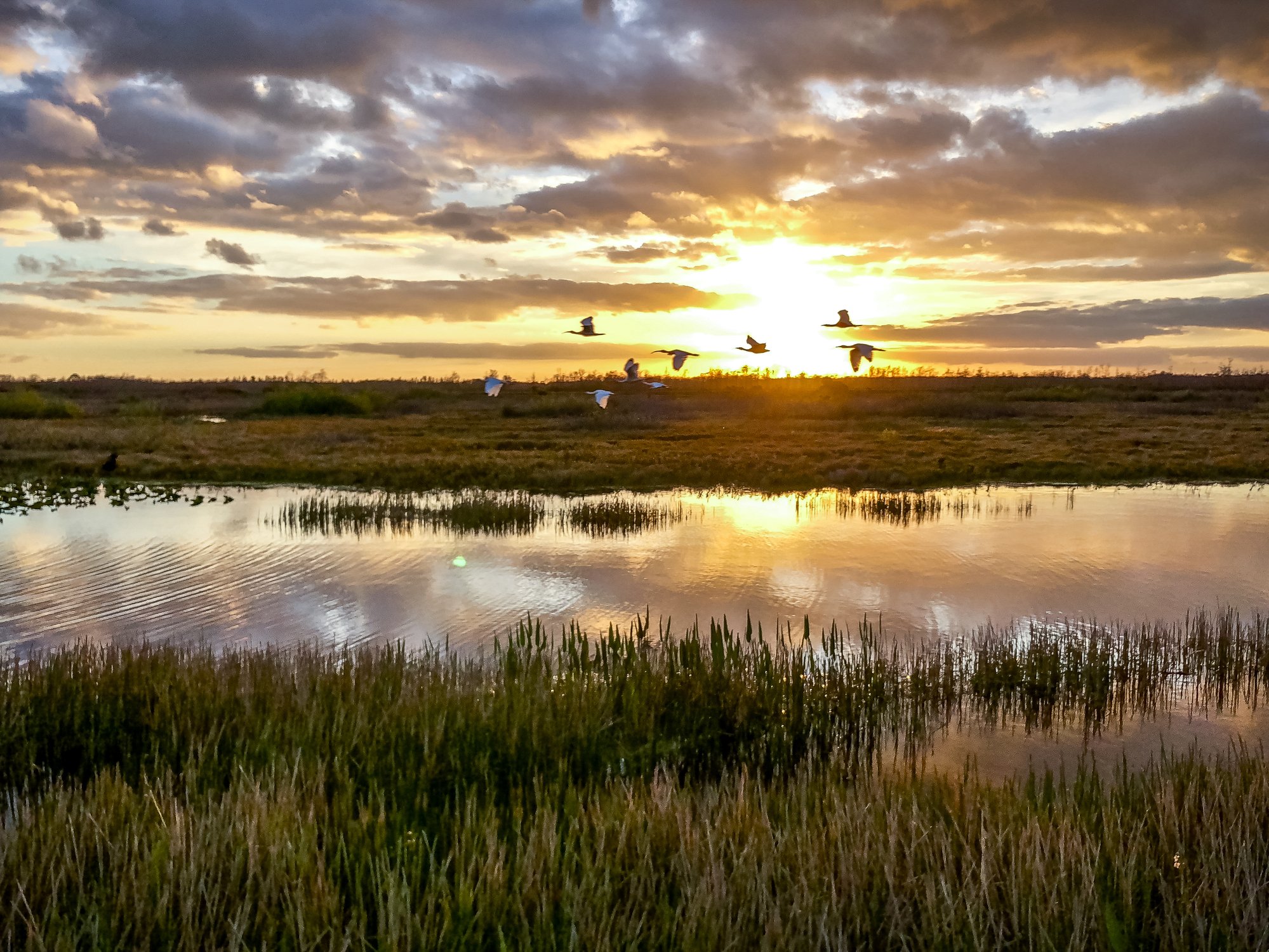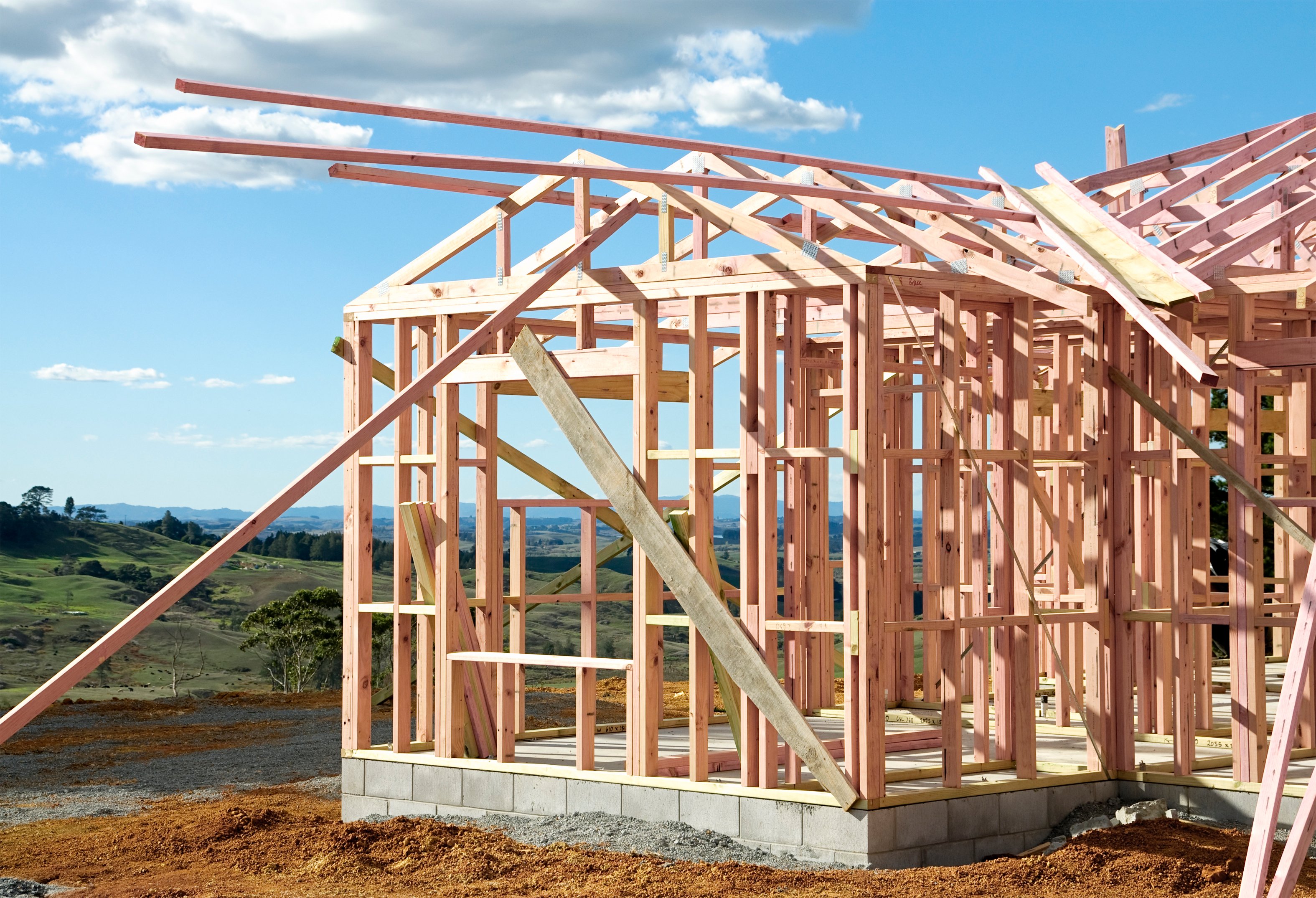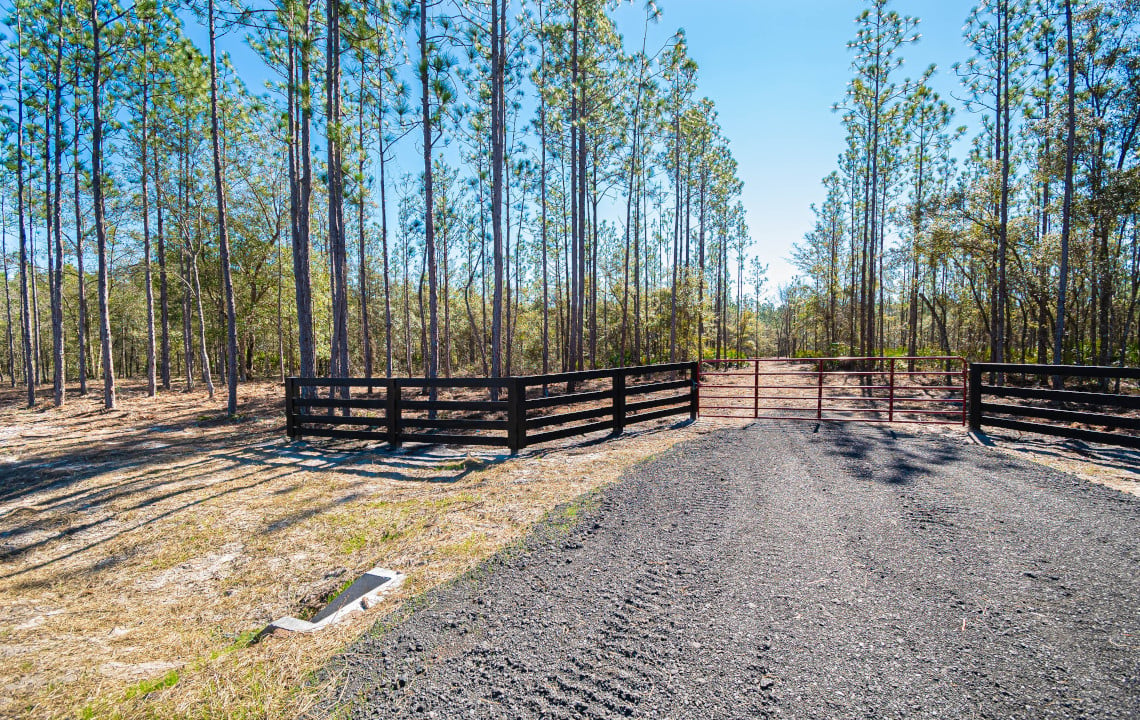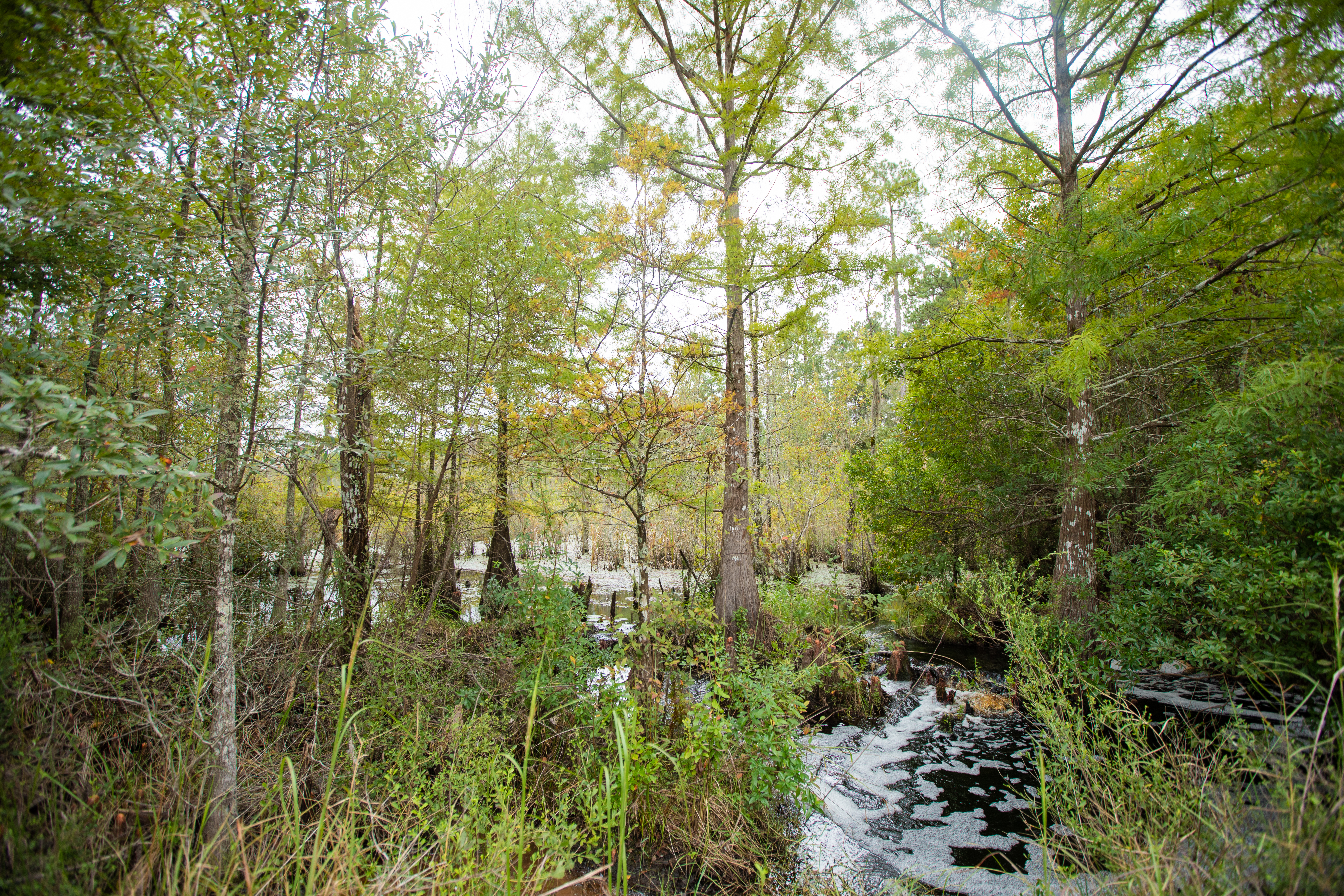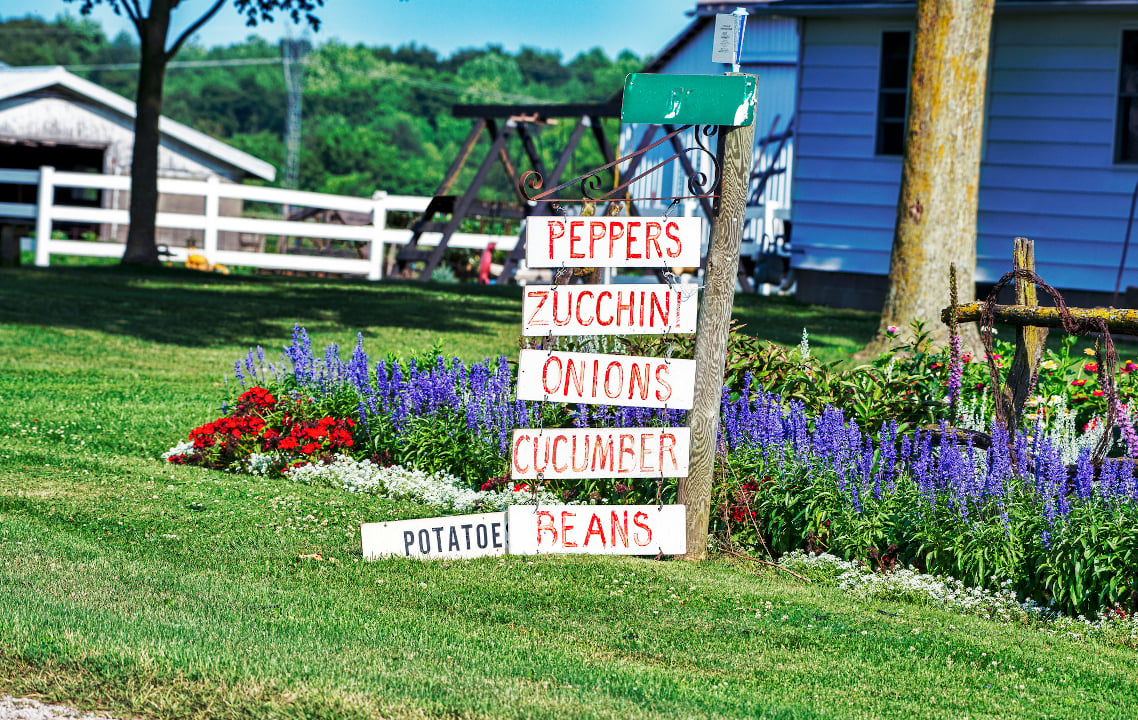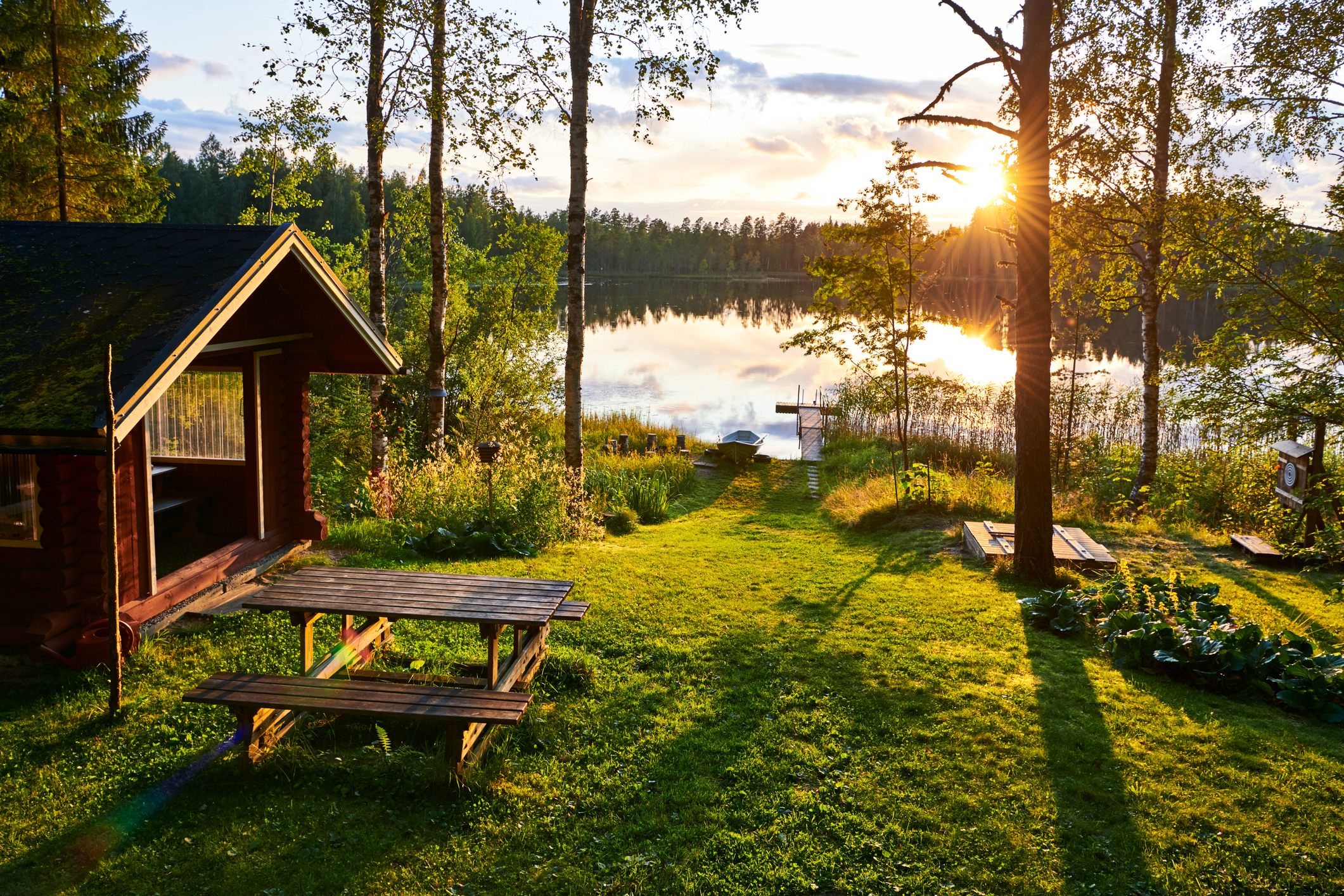Outdoorsman Jim Mize shares his experience of buying rural land in three months, from narrowing down the ideal location in his search to visiting properties to choosing the perfect fit for his needs.
Month 1: Narrowing down the Search
When I first graduated from college, I lived in a rural area. I could turn my bird dog loose in my backyard and take off walking. During my working years, all that changed with a couple moves to mid-sized towns and a larger city. Now, I’m entering a new career and thinking rural living sounds like the way to go. The next question to answer is, “Where do I start?” You might be in the same mindset so my journey could be useful.
Realtors often use the quote, “Three things matter when you choose where to live: location, location, and location.” But for rural living, what does that mean?
After some thought, I decided to think about where I would go and how often, and then balance my location to give consideration to my travel. For instance, I will be writing full-time about the outdoors, so being in the outdoors matters. I fish several streams regularly, so access to public land is a plus.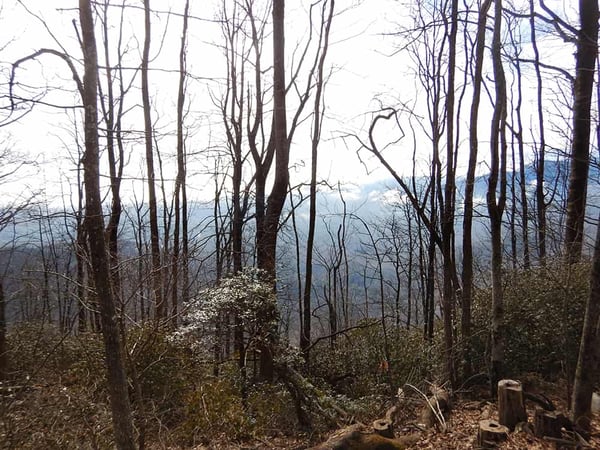
Selecting a location for your rural home may be a balance of the amenities of seclusion and the convenience of town
Still, I go back to town for doctors, dentists and visiting friends. So being someplace in between these two groups of destinations gave definition to the area I began to search. But in the beginning, this was a wide area that spanned the upper halves of three counties.
To help narrow that some more, I turned to the internet. Using search sites for lands and housing can teach you several things. For starters, you can determine trends in availability and pricing. I found, for instance, that the further I looked from town the more often I’d find rural land for sale and fewer houses. The opposite occurred as I moved my search toward town.
Also, prices were higher as you might expect when the location was closer to town or major highways. In some cases, pockets of development could boost prices. This occurred when a community went in on a lake or golf course.
Using these search sites also lets you narrow your search as you progress. For instance, most of them have filters that let you choose price ranges and minimum acreage. Also, you can choose to search a single township or an entire county. These sites often have features that send you updates for new listings.
One such amenity is the view
I used several sites for my searches. I did find some differences, as not all listings were on all sites. For example, while some websites crawl the internet and publish listings from multiple locations, Rethink:Rural’s parent company, Raydient, strictly lists available land that the company, itself, owns and enhances. Raydient adds a signature fence, often adds driveways, and ensures there is a clean title and recent survey before listing. Other sellers list raw land as-is. So with the larger sites, you will see a bigger variety with varying levels of quality, and with more specific sites you’ll see less listings, but have a better idea of the quality of what you’re getting.
The result of this time on the computer is that I finished with a realistic expectation of what I could afford and where I might find it. My preferred location lies between a large national forest and a highway that will get me back to town in less than 45 minutes. My area of search is narrow enough now that I can move to the next phase.
At this point, I will move to searching with my feet on the ground.
Month 2: Visiting Properties
I created a shopping list of places to look at after honing in on exactly what I want to inspect more closely. In my case, I set a minimum acreage target, a price range including both minimums and maximums, and also I set geographic ranges.
By doing this, I found I could develop a shopping list of a few places to go look at. At this stage, I called an agent to help.
In the beginning, I talked to a couple agents to see who might be a good fit for me. I wanted someone who knew the area and had experience finding the type of property I was looking for. I also realized that agents only get paid when they close a deal, so I wanted one that was interested in me closing the right deal rather than any deal.
Once this connection was made, my agent and I began to visit the shopping list of top locations generated by my computer search.
It quickly became evident that computer site photos generally highlight the best aspects of a property and might leave out a few details that might make a property less attractive. For instance, these photos say nothing about what your potential neighbors might be doing with their property. Or they could have left off bits about the roads leading in or local utilities. (For more on red flags to look out for, read our article, Looking for Land? Don't Buy a Lemon.)
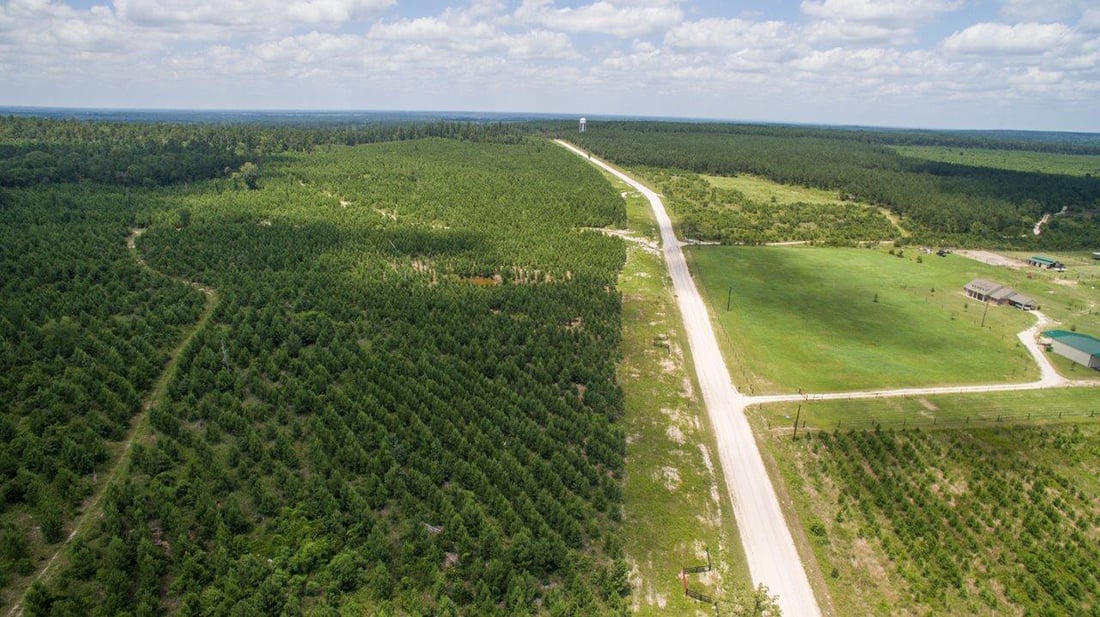
Although Google Maps can give you an aerial view which is useful for looking at surroundings, it is still no substitute for having feet on the ground for a closer look. I found it most useful for wider looks at how the property around the target area was being used or developed. Also, since the perspective of the maps could be adjusted, I could also look at road access in all directions.
Narrowing down the search
My first trip took several properties off my list for just these reasons. In one case, the proximity of utilities created a concern. In another, the lack of a phone signal (required for my work) was another.
On the positive side, I did see a few things I liked and highlighted with my agent. That allowed him to refine his search as well. In some instances, the agents' networks with other agents allows them to be alerted to new offerings as soon as they hit the market. With better definition of the property I’m targeting, he can better help me find it.
At this point in the search process, a couple potential properties are on my "keeper" list while I continue to watch for new listings.
Month 3: Making and offer and Closing the Deal
My list of potential properties was narrowed to two.
My preferred site was listed out of my price range but had been on the market for some time. We decided it might be worth making a lower offer within my range to see if the seller would consider it. They countered, but out of my price range. That one was eliminated from consideration.
While this was transpiring, a new property was being listed. My agent made inquiries, the basic requirements of location and price were met, so we went to take a look.
Unlike some of the earlier prospects, no obvious faults jumped out during inspection. It was close to some of the other properties and had similar features. The price was in my range. By the end of the week, we had a contract.
At this point, we are going through all the usual tasks of surveys and related approvals. The closing date is set and at that point, the more enjoyable part of the process begins.
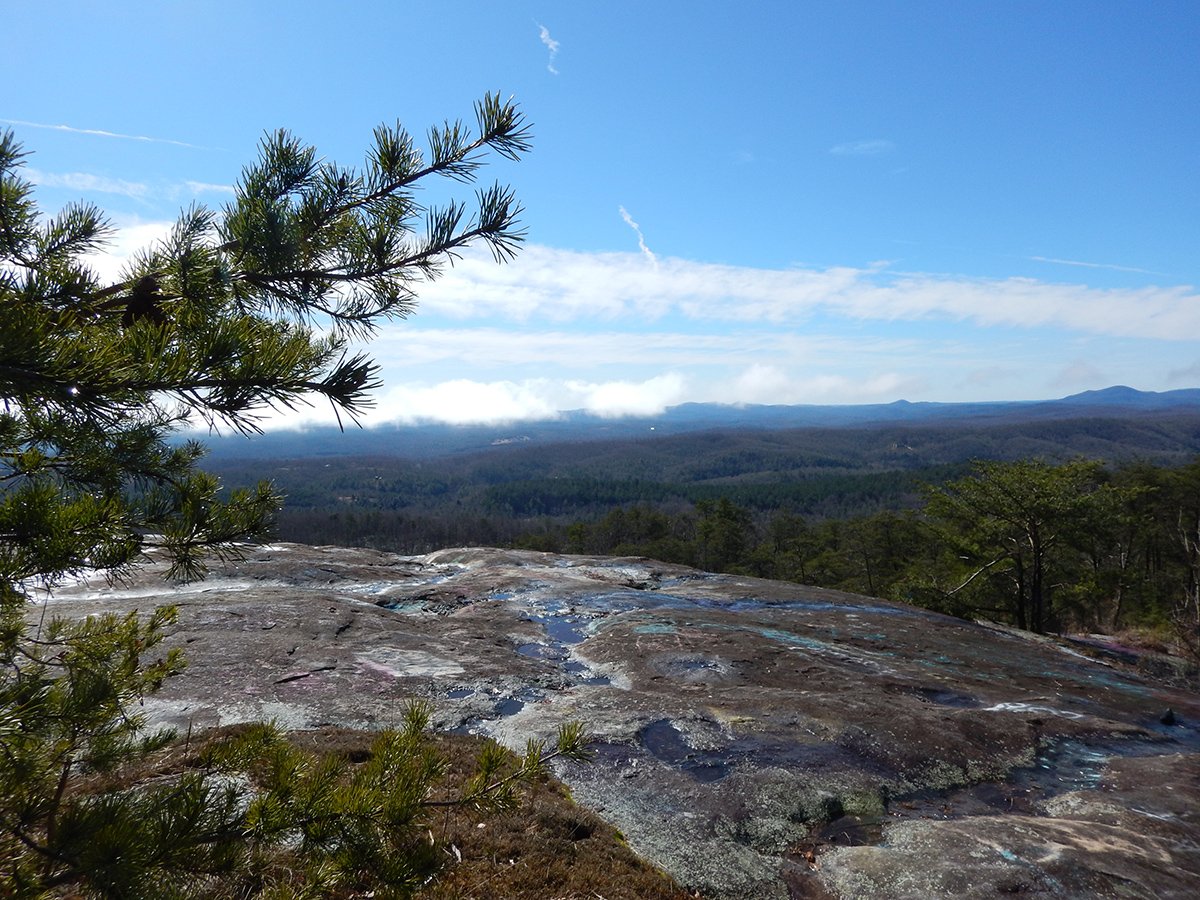
In hindsight, the old adage of Realtors that the three most important things are “location, location, and location” proved true. This property was a short drive from the streams I planned to fish. A wilderness area I could hunt was also close by. For an outdoor writer, both of these would prove valuable. Something that changed during the search process was how I valued the attributes of location. The remoteness and access to the outdoors grew more important the longer I looked.
This location raised a couple issues that were quickly put to rest. We had gone so rural, I had no cell phone signal. My real concern was internet access for business purposes. A few calls confirmed that I could get internet and use a land-line phone on the property. My cell phone coverage would pick up about five miles away. Hopefully, in the near future, the signal will improve to reach my property.
Though I had moved almost an hour from the town I had considered my hub for shopping and services, I soon realized I had moved closer to a town I had not considered. So now I would be 30 minutes from another town where I could find groceries and emergency services if needed.
From beginning to end, the search process took three months. The first month I spent mostly on the computer looking at the breadth of offerings. The second month narrowed the search and eliminated several choices on the list. And the third month finalized a choice from a short list. Processing of the contract, arranging surveys, and lining up funding took a few weeks at the end.
All that’s left is to move onto the property and start to enjoy it.


